Author: Steve Thanos
Taking its moniker from an island in Lake Huron that sits between Michigan’s Upper and Lower peninsulas, Mackinac was the first new cultivar released by the Great Lake Hops trials and breeding program in 2014. Purported to impart pungent tropical fruit and citrus notes to beer, this proprietary variety has gained popularity among brewers of hoppy IPA.
Alpha: 9 – 13.3%
Beta: 2.8 – 4%
Cohumulone: 35% of alpha acids
Total Oil: 1.65 mL/100g
Myrcene: 18.4%
Humulene: 25.9%
Caryophyllene: 12.5%
Farnesene: 1.83%
Linalool: 0.48%
Geraniol: 2.47%
ß-Pinene: unknown
Parentage: sister of Michigan Copper (another proprietary GLH variety)
I’m definitely a fan of fruity hop character, and the more pungent the better! Having never used Mackinac before, I was excited see how a Pale Ale brewed entirely with this new-ish variety would turn out.
| MAKING THE BEER |
Starting with our standard Hop Chronicles Pale Ale recipe, I made adjustments to the kettle hop additions to ensure a proper level of bitterness.
Mackinac Pale Ale
Recipe Details
| Batch Size | Boil Time | IBU | SRM | Est. OG | Est. FG | ABV |
|---|---|---|---|---|---|---|
| 5.5 gal | 60 min | 33.8 | 4.4 SRM | 1.063 | 1.01 | 6.96 % |
| Actuals | 1.063 | 1.01 | 6.96 % | |||
Fermentables
| Name | Amount | % |
|---|---|---|
| Pale 2-Row Malt | 10 lbs | 83.34 |
| Vienna Malt | 2 lbs | 16.66 |
Hops
| Name | Amount | Time | Use | Form | Alpha % |
|---|---|---|---|---|---|
| Mackinac | 8 g | 60 min | Boil | Pellet | 10 |
| Mackinac | 10 g | 30 min | Boil | Pellet | 10 |
| Mackinac | 20 g | 10 min | Boil | Pellet | 10 |
| Mackinac | 20 g | 5 min | Boil | Pellet | 10 |
| Mackinac | 45 g | 2 min | Boil | Pellet | 10 |
| Mackinac | 58 g | 5 days | Dry Hop | Pellet | 10 |
Yeast
| Name | Lab | Attenuation | Temperature |
|---|---|---|---|
| Flagship (A07) | Imperial Yeast | 77% | 32°F - 32°F |
Notes
| Water Profile: Ca 125 | Mg 20 | Na 8 | SO4 310 | Cl 56 |
Download
| Download this recipe's BeerXML file |
After collecting the full volume of water, adjusting it to my desired profile, and getting it heating up, I weighed out and milled the grain.
When the water was properly heated, I incorporated the grains then checked to make sure the mash was at my desired temperature.
During the mash rest, I prepared the kettle hop additions.
Once the 60 minute mash was complete, I removed the grains and proceeded to boil the wort for 60 minutes before quickly chilling it, at which point I took a hydrometer reading showing the wort was a bit higher than my target OG. Meh.
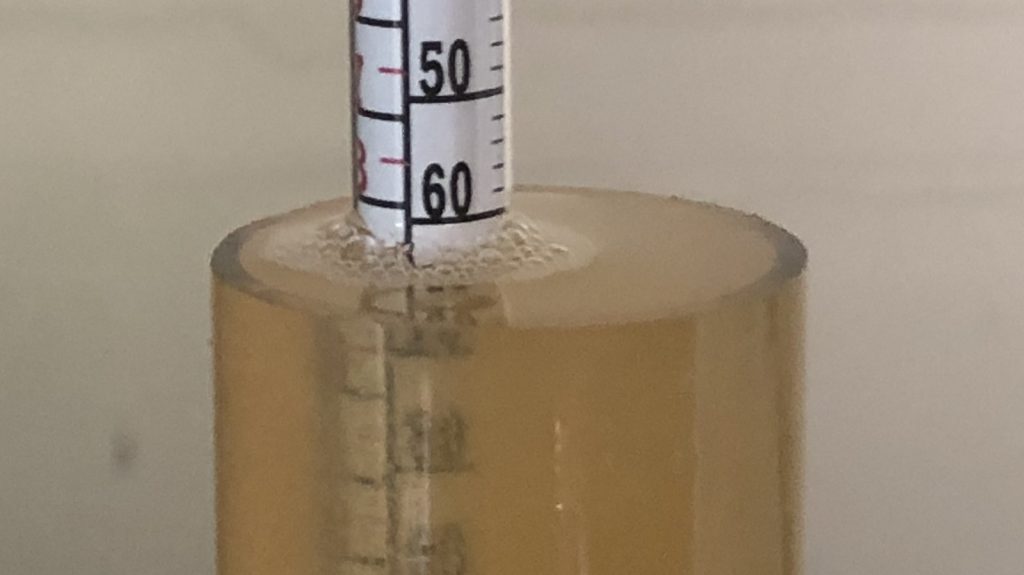
After transferring the wort to a sanitized fermented, I direct pitched a single pouch of Imperial Yeast A07 Flagship.
The beer was left to ferment at 68°F/20°C for a week before I added the dry hop charge, then after another week, I took a hydrometer measurement confirming FG had been reached.
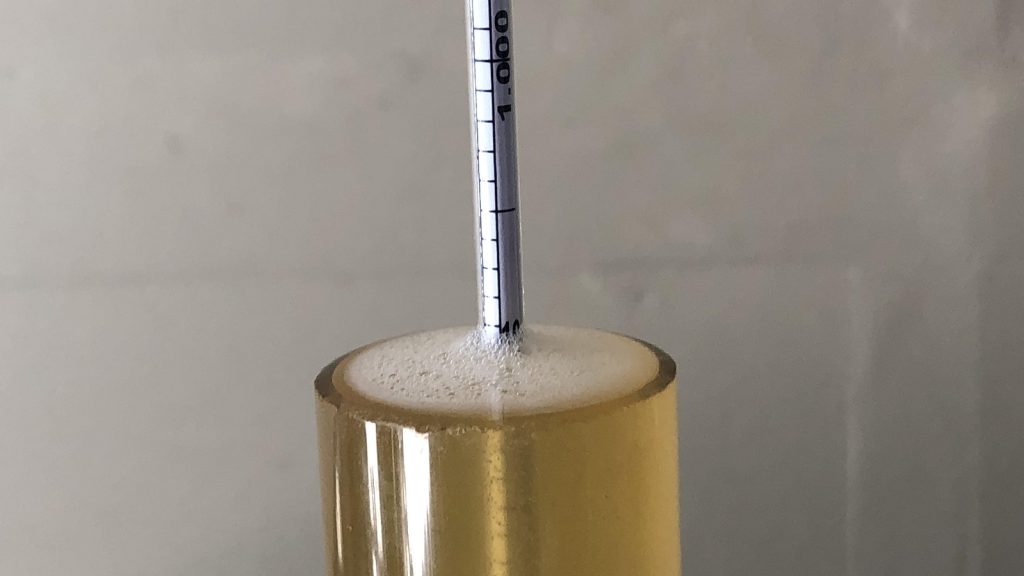
With fermentation complete, I cold-crashed the beer for 3 days then transferred it to a CO2 purged keg, which was placed in my keezer and burst carbonated overnight before the gas was reduced to serving pressure. After a week of conditioning, it was ready to serve to blind tasters.
| METHOD |
Participants were instructed to focus only on the aromatic qualities of the beer before evaluating the flavor. For each aroma and flavor descriptor, tasters were asked to write-in the perceived strength of that particular characteristic on a 0-9 scale where a rating of 0 meant they did not perceive the character at all and a 9 rating meant the character was extremely strong. Once the data was collected, the average rating of each aroma and flavor descriptor was compiled and analyzed.
| RESULTS |
A total of 21 people participated in the evaluation of this beer, all blind to the hop variety used until after they completed the survey. The average aroma and flavor ratings for each descriptor were plotted on a radar graph.
Average Ratings of Aroma and Flavor Perceptions
The 3 characteristics endorsed as being most prominent by participants:
| Aroma | Flavor |
| Citrus | Citrus |
| Tropical Fruit | Tropical Fruit |
| Melon | Melon |
The 3 characteristics endorsed as being least prominent by participants:
| Aroma | Flavor |
| Grassy + Earthy/Woody + Onion/Garlic (tie) | Grassy + Earthy/Woody + Dank/Catty (tie) |
| Resinous + Dank/Catty (tie) | Resinous + Onion/Garlic (tie) |
| Pine | Pine |
Next, participants were asked to rate the pungency/strength of the hop.
Tasters were then instructed to identify beer styles they thought the hop would work well in.
Finally, participants were asked to rate how much they enjoyed the hop character on a 1 to 10 scale.
My Impressions: The most prominent aroma and flavor characteristics I perceived in this beer were citrus and tropical fruit with supporting notes of melon and spice in the background. I absolutely loved this beer and found myself regularly returning for refills the entire time it was on tap.
| CONCLUSION |
When most people think of hop growing regions, it’s likely the Midwest region of the United States doesn’t immediately come to mind, though Great Lakes Hops (GLH) has been breeding new varieties for the better part of the past decade. One such variety is Mackinac, which has received some attention for the pungent fruity notes it imparts to beer.
The most prominent aroma and flavor characteristics noted by tasters of a Pale Ale hopped solely with Mackinac were citrus, tropical fruit, and melon with noticeable amounts of spicy/herbal coming through as well. Less desirable characteristics of grassy, earthy/woody, onion/garlic, and dank/catty were among the lowest rated by participants. With a majority of tasters rating the hop pungency in this beer as being extreme, and those who didn’t rating it as strong, it’s not terribly surprising they all thought Mackinac would work well in IPA/APA.
Based on existing descriptions of Mackinac hops, I admittedly had high hopes for this single-hop Pale Ale, but my expectations were more than met. The pungency of the citrus and tropical fruit flavors was outstanding, something I expect from more notable varieties grown in the Pacific Northwest, Australia, or New Zealand. The only reason I can come up with as to why Mackinac isn’t more popular is that people simply haven’t heard of it, so here’s to hoping the word gets out. I will absolutely be keeping Mackinac in my rotation!
Mackinac hops are available now, get some while you can! If you have any thoughts on this variety, please feel free to share them in the comments section below.
Support Brülosophy In Style!
All designs are available in various colors and sizes on Amazon!
Follow Brülosophy on:
FACEBOOK | TWITTER | INSTAGRAM
If you enjoy this stuff and feel compelled to support Brulosophy.com, please check out the Support page for details on how you can very easily do so. Thanks!



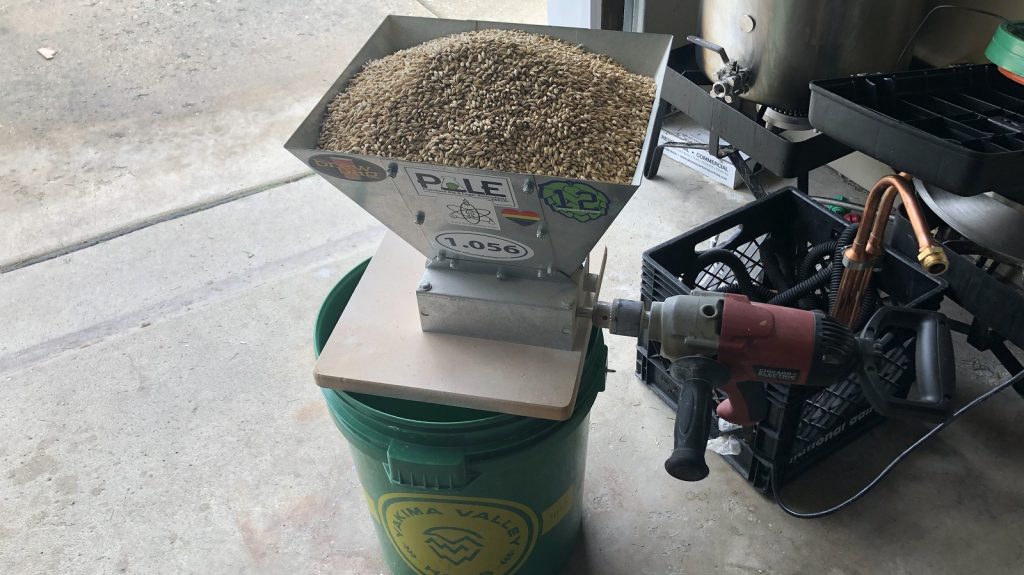
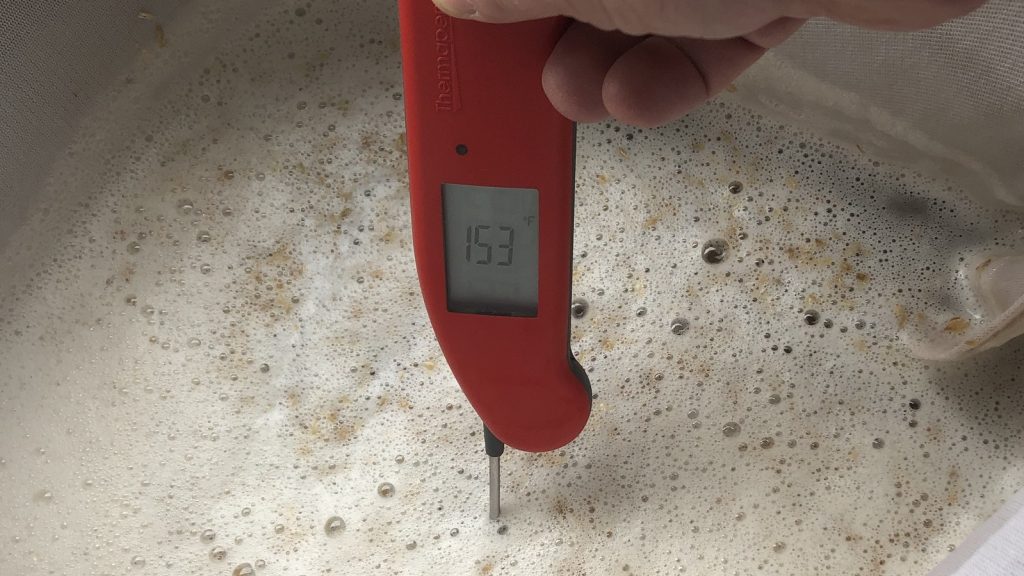
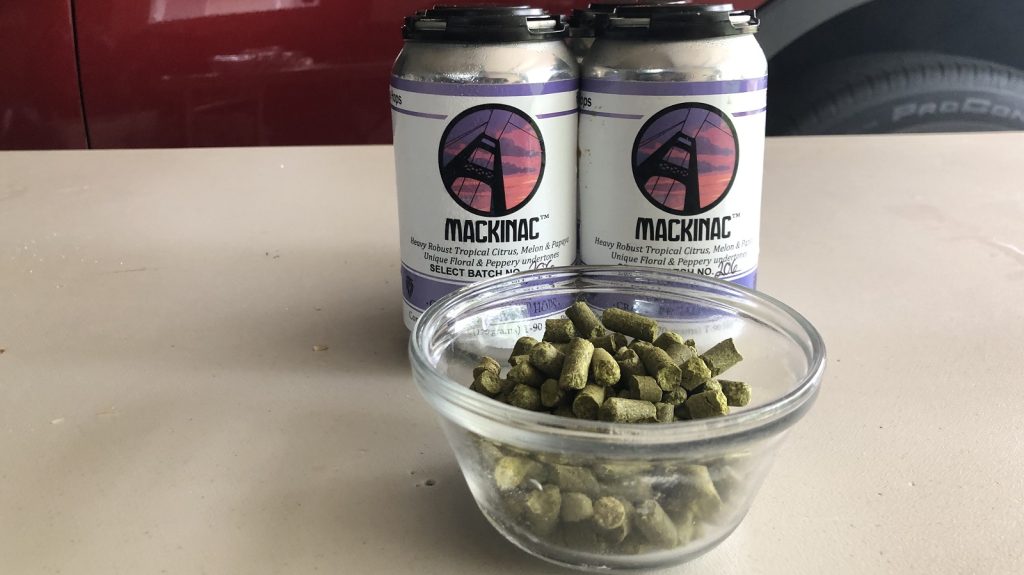
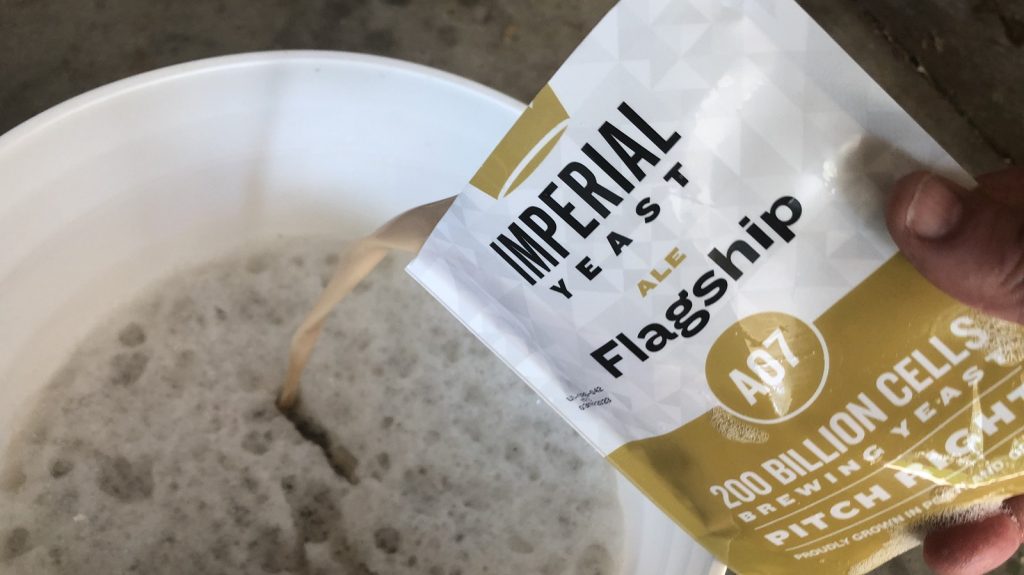
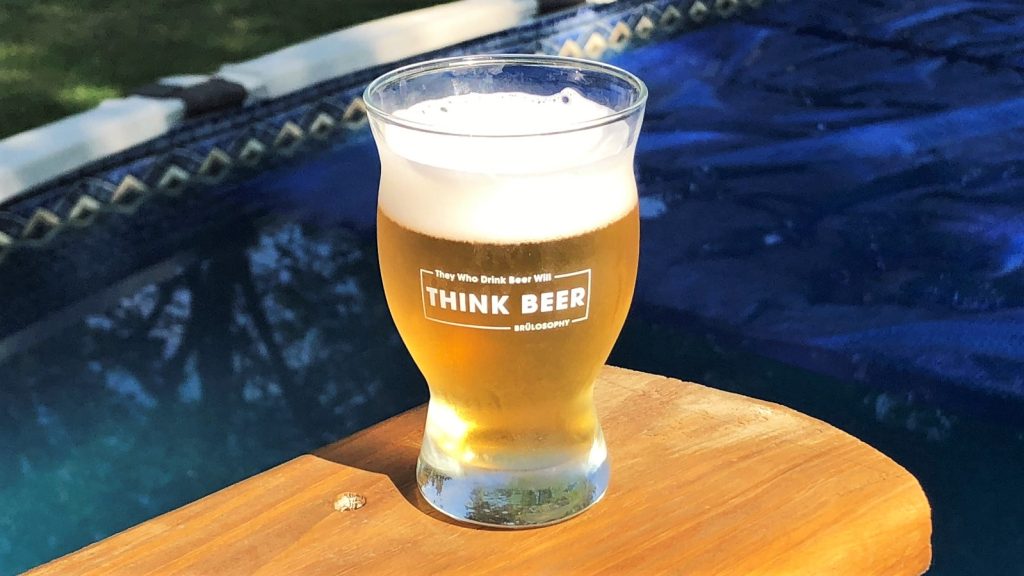

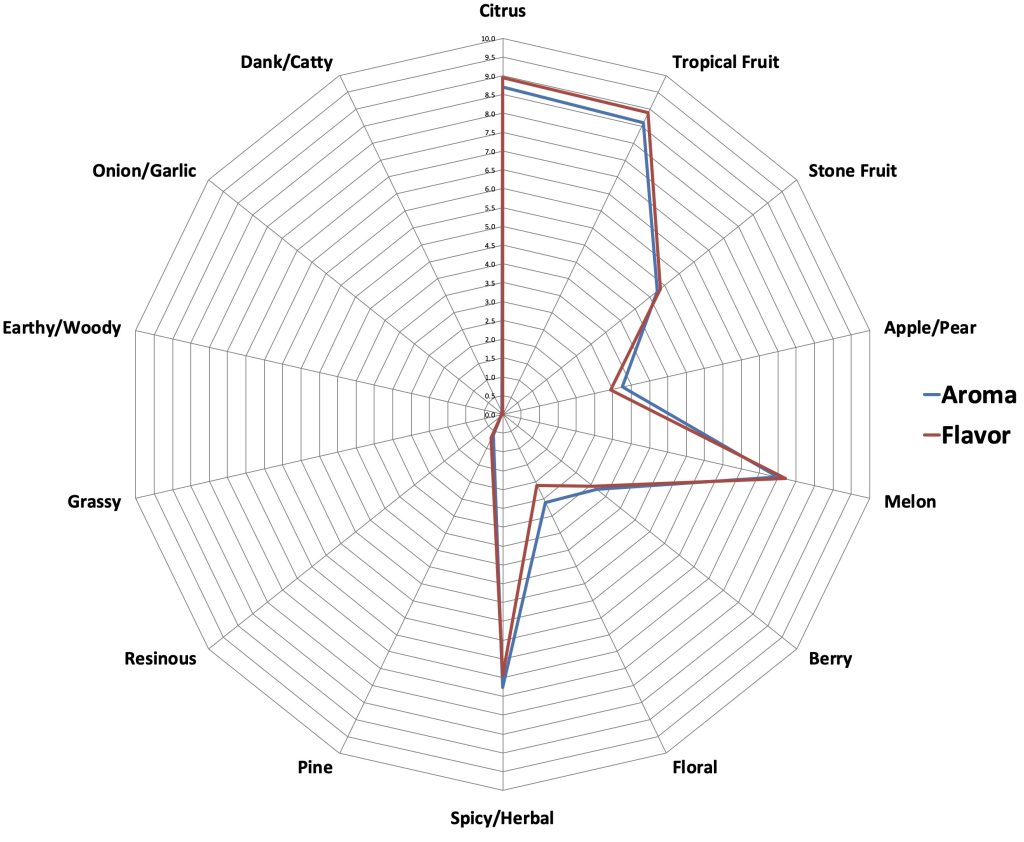
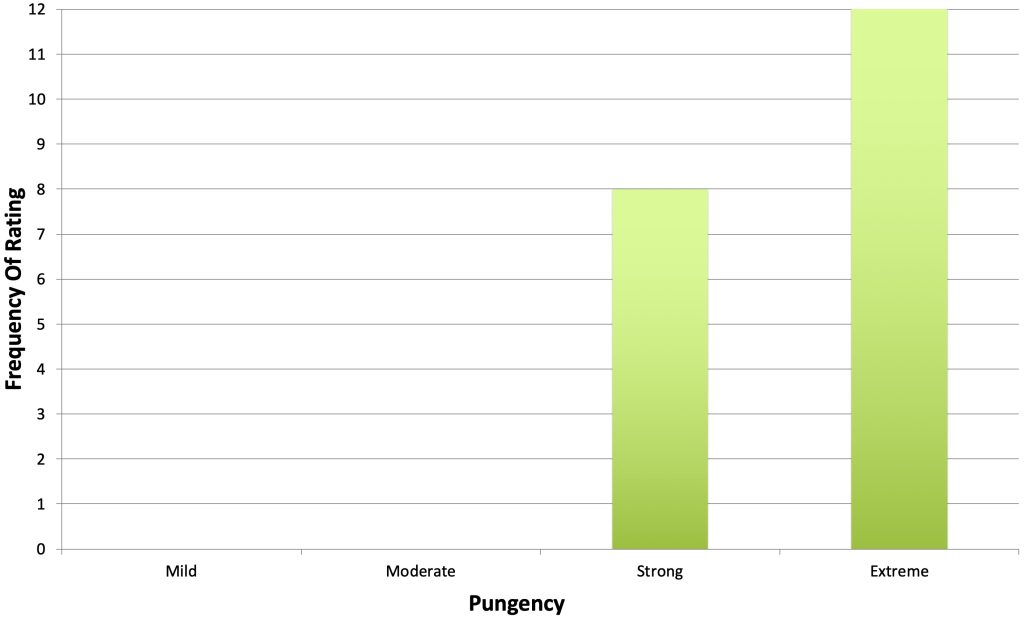
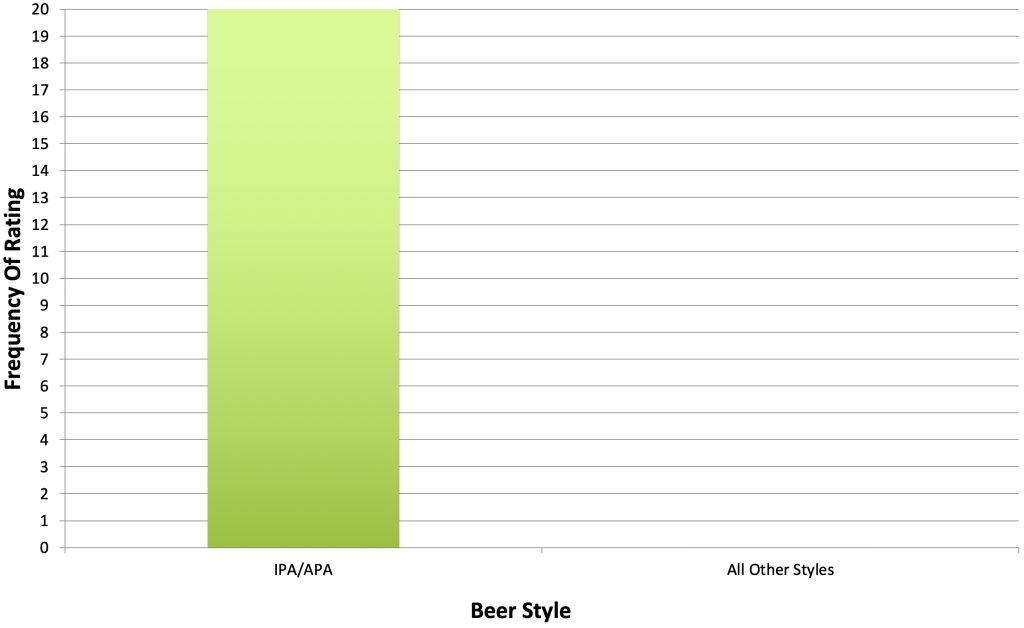
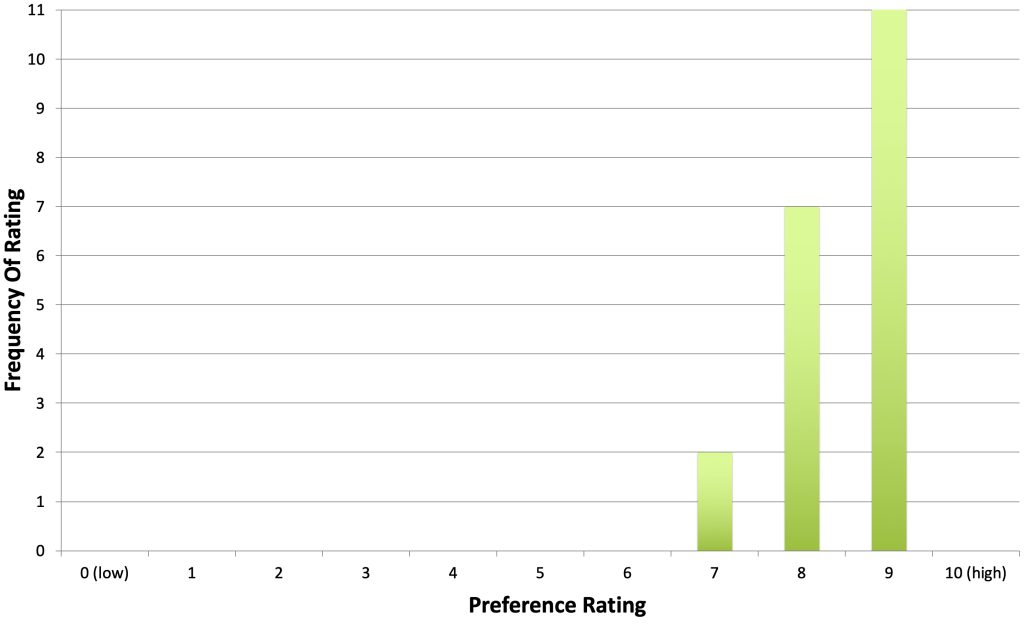






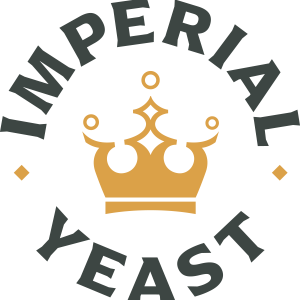

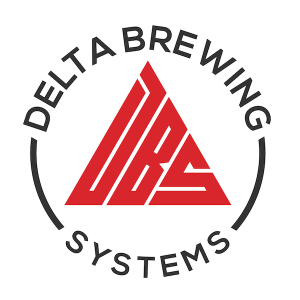


1 thought on “The Hop Chronicles | Mackinac (2021) Pale Ale”
Has there ever been a more positive and extreme feedback on THC experiments? Looks like a pretty interesting cultivar for sure!